The Global Economy Is A Ponzi Scheme – End Of The Road

The documentary "End of the Road" explores the evolution of the global economy, tracing its roots from the Bretton Woods Agreement to the financial crises of the 21st century. It highlights how the U.S. Federal Reserve has led the economy into a precarious situation resembling a Ponzi scheme, raising questions about the sustainability of our current financial system.
Key Takeaways
- The U.S. dollar was established as the world’s reserve currency post-World War II.
- The abandonment of the gold standard in 1971 allowed for unchecked government spending.
- The current economic model relies on perpetual borrowing, leading to a cycle of debt.
- Inflation erodes purchasing power, affecting the standard of living for many.
- The documentary warns of a potential global economic collapse due to unsustainable practices.
The Bretton Woods Agreement
In 1944, delegates from 44 countries gathered in Bretton Woods, New Hampshire, to create a new financial system aimed at stabilizing the world after World War II. The U.S. dollar was chosen as the world’s reserve currency, backed by gold at a fixed rate of $35 per ounce. This system allowed countries to trade their currencies for U.S. dollars, which could then be exchanged for gold.
The Nixon Shock
Fast forward to August 15, 1971, when President Nixon announced the suspension of the dollar’s convertibility into gold. This marked a significant turning point in economic history. Without a gold standard, the U.S. government could borrow and spend without the constraints of gold reserves. This led to a culture of perpetual deficits, where the U.S. has not run a surplus since.
The Rise of Fiat Currency
With the shift to fiat currency, money became backed by government promises rather than tangible assets. This change allowed for more flexibility in monetary policy but also opened the door to rampant inflation. As governments printed more money, the value of the dollar began to erode, leading to a decline in purchasing power for everyday Americans.
The Ponzi Scheme Analogy
The documentary draws a parallel between the current economic system and a Ponzi scheme. In a Ponzi scheme, returns for earlier investors are paid using the capital from new investors. Similarly, the U.S. government borrows money to pay off existing debts, creating a cycle that can only continue as long as new loans are available. This unsustainable model raises concerns about the long-term viability of the economy.
The Impact of Inflation
Inflation has a direct impact on the standard of living. As prices rise, the purchasing power of the dollar decreases. Many families now find themselves in a position where both partners must work just to make ends meet, a stark contrast to previous generations where one income was often sufficient. The documentary highlights how this shift has led to increased debt levels as families borrow to maintain their lifestyles.
The Future of the Global Economy
The documentary concludes with a warning about the potential for a global economic collapse. With the current system relying on continuous borrowing and money printing, the risk of a crisis looms large. The filmmakers suggest that the world may need to return to a gold-backed currency to restore stability and confidence in the financial system.
Conclusion
"End of the Road" serves as a wake-up call, urging viewers to reconsider the foundations of our economic system. As we navigate these uncertain times, understanding the implications of our financial choices becomes increasingly important. The documentary encourages individuals to take responsibility for their financial education and to seek alternatives to the current system, as the future of the global economy hangs in the balance.
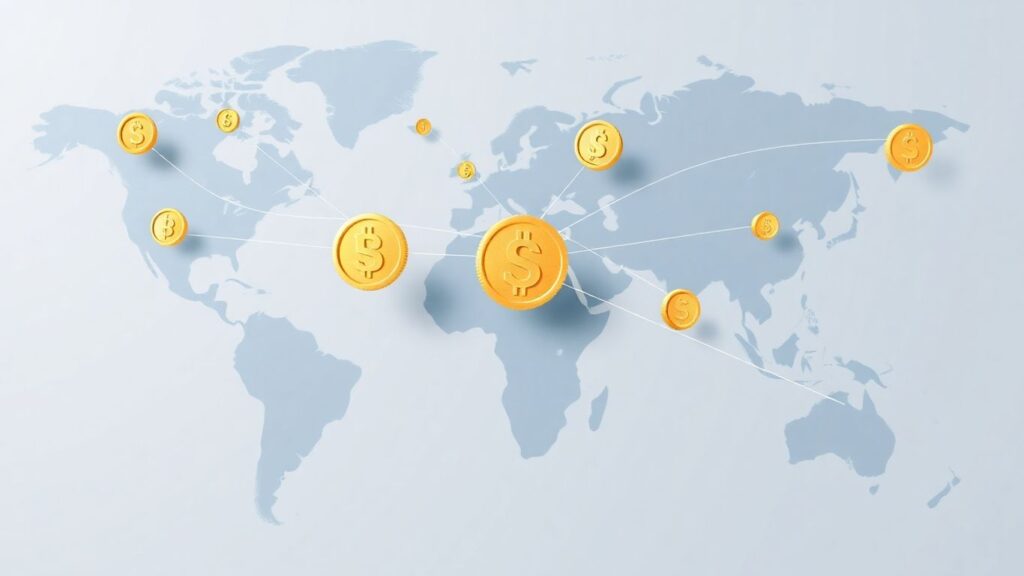
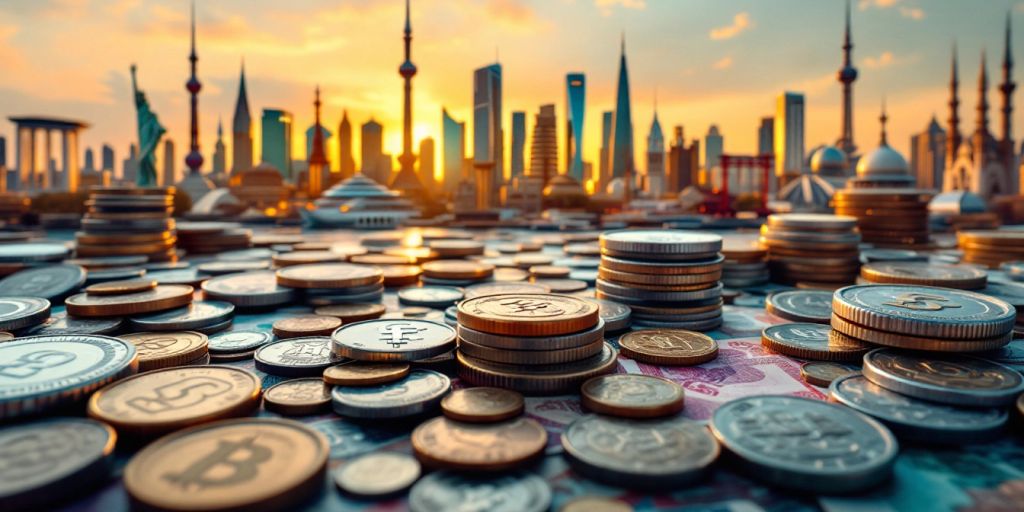
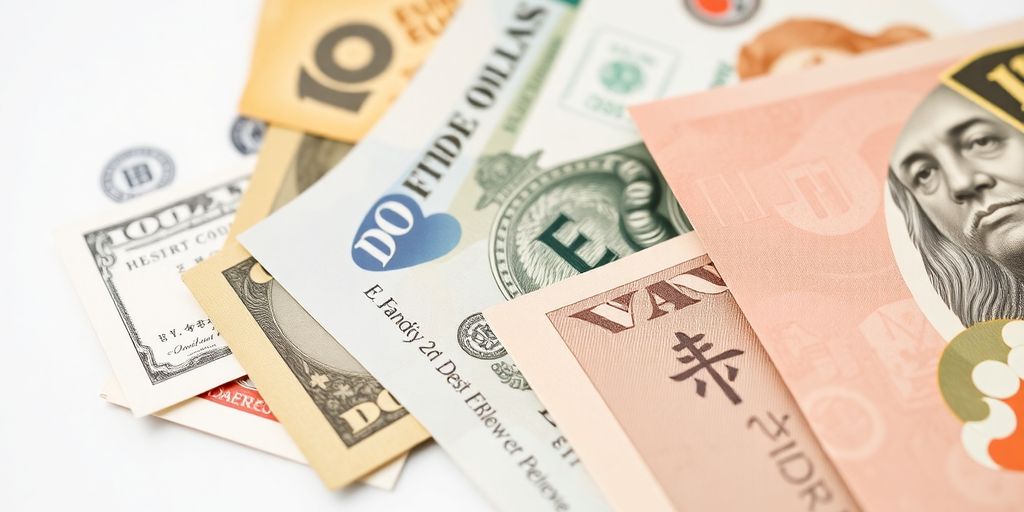
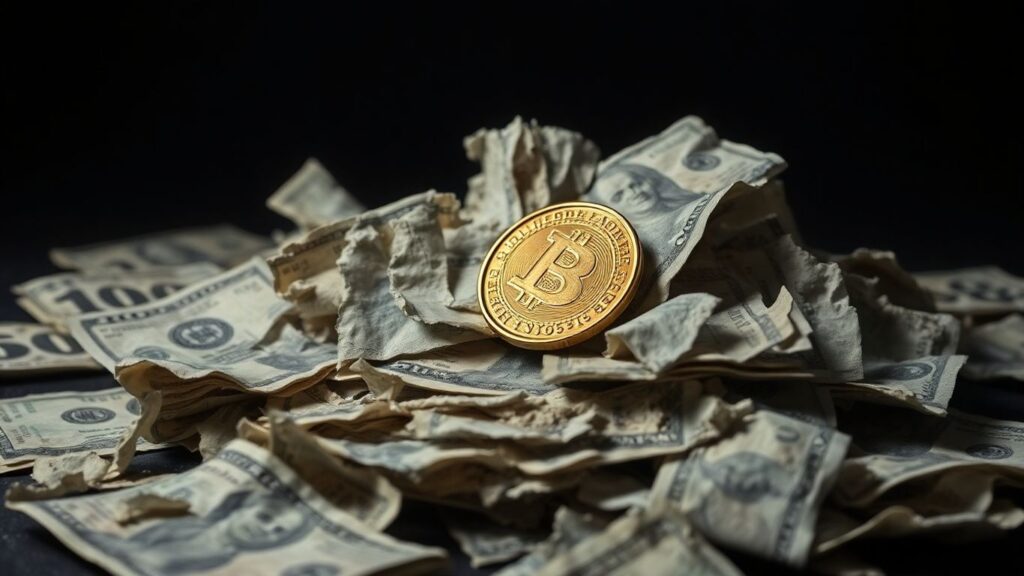
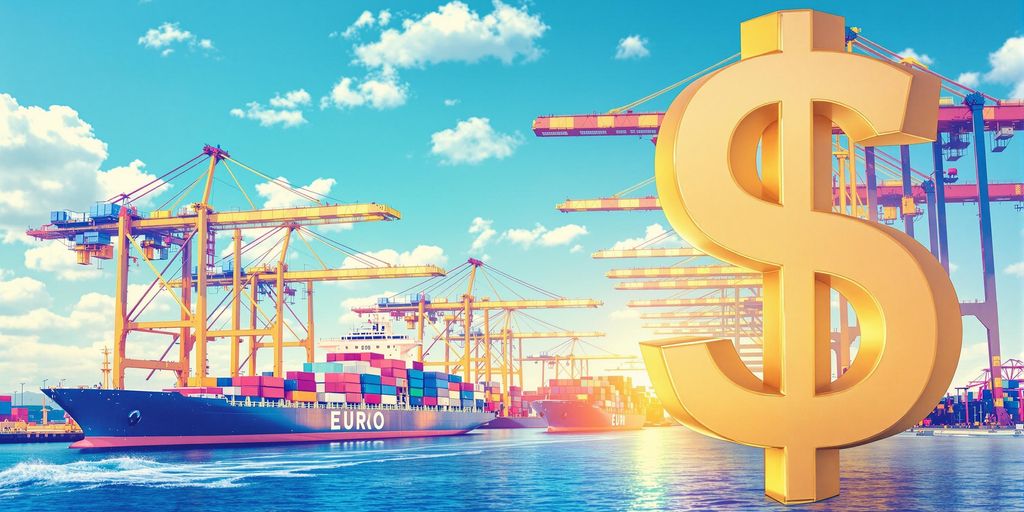
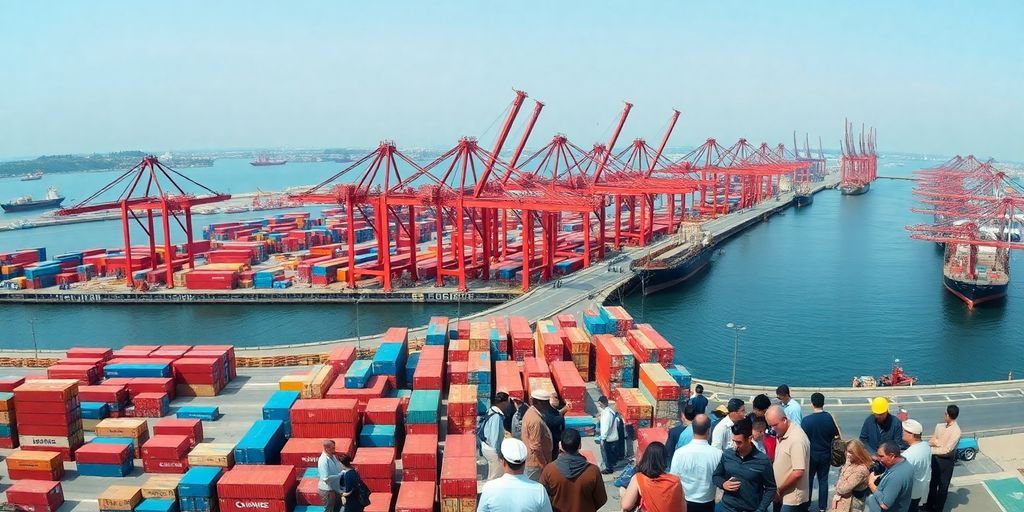


Responses